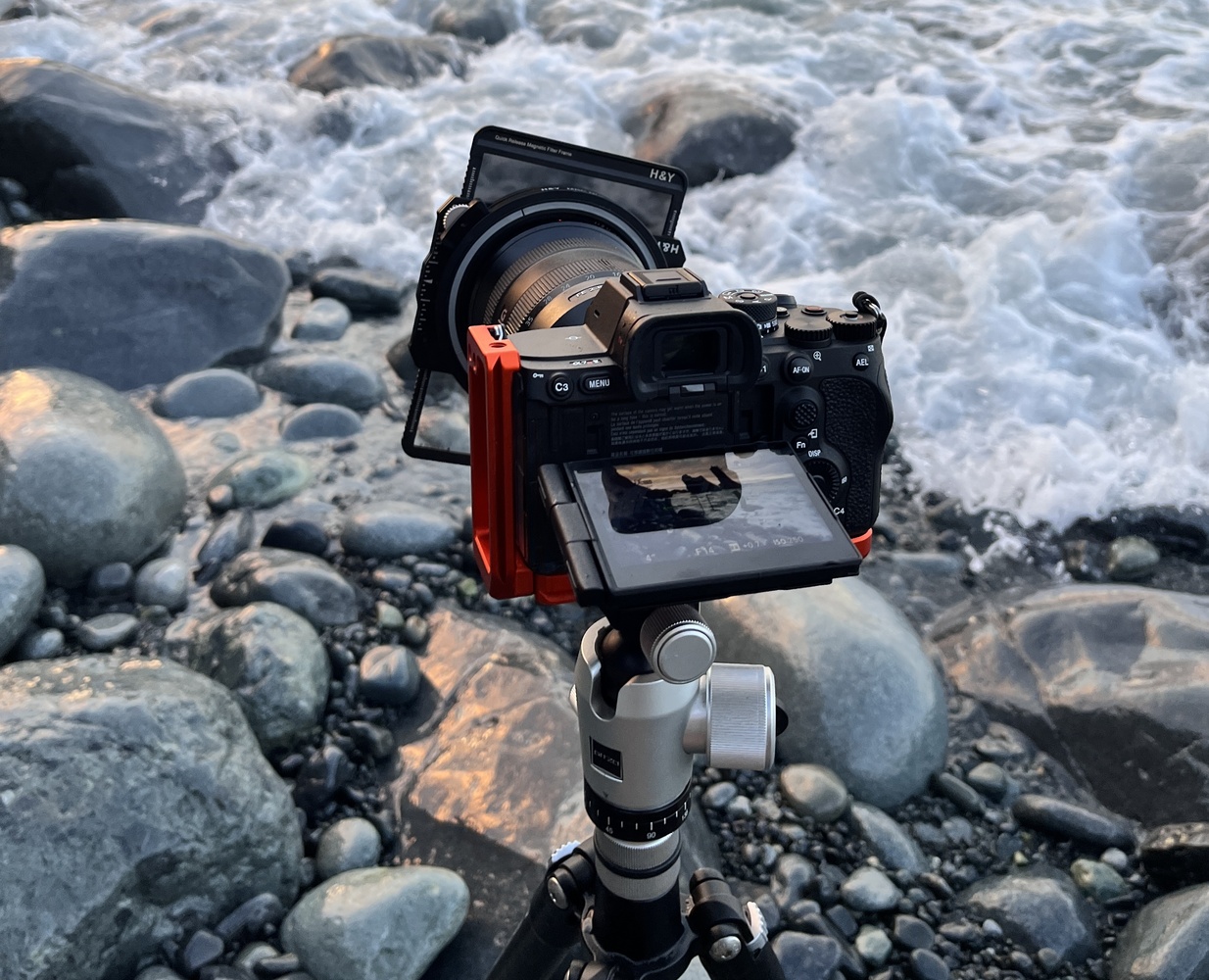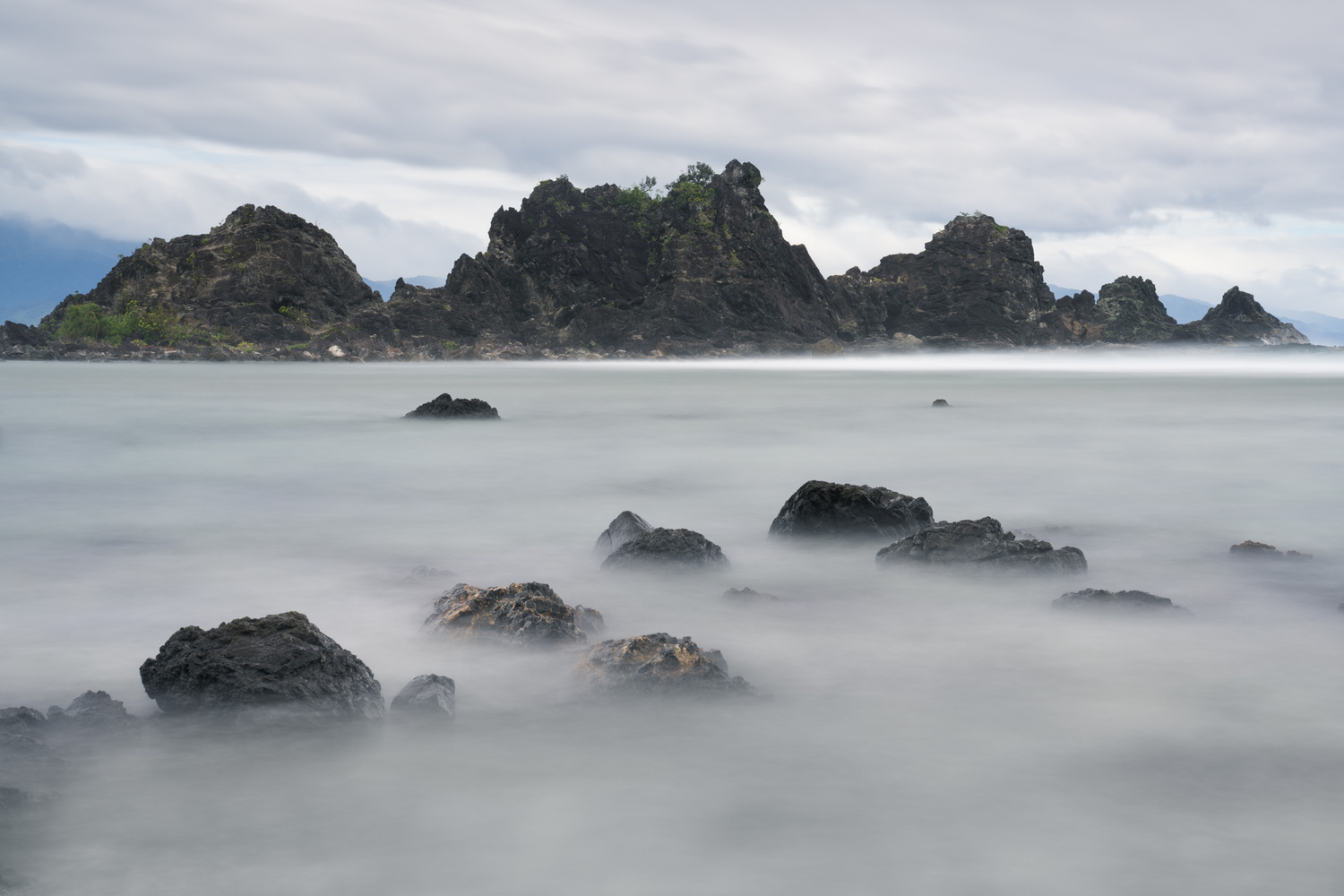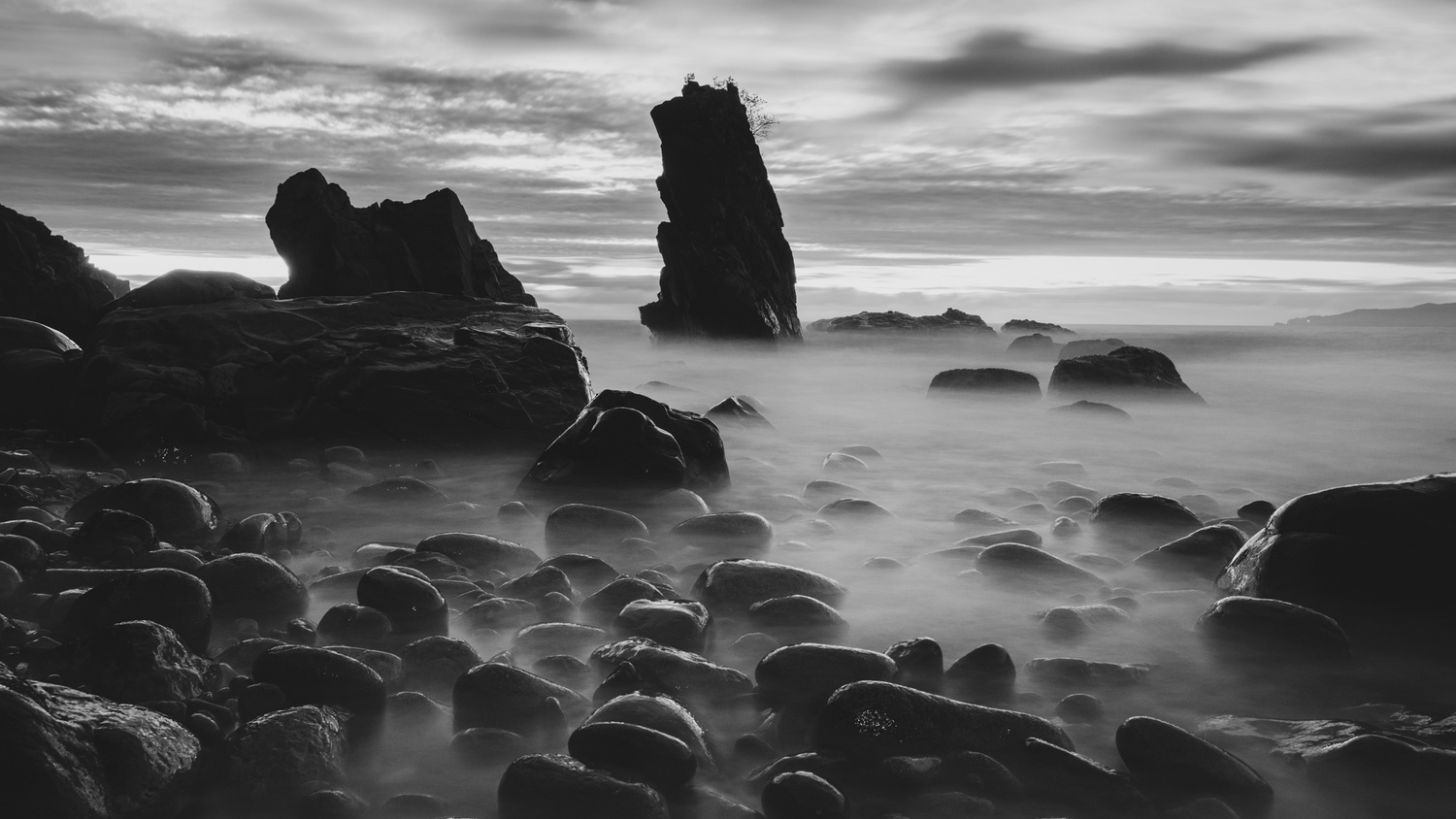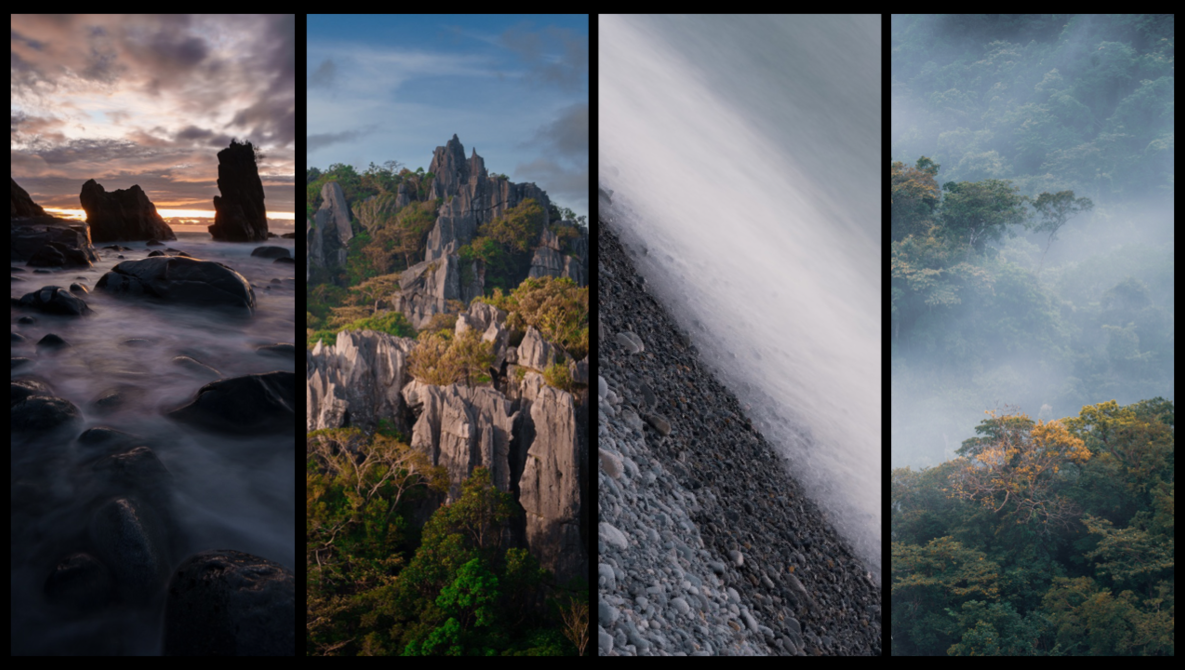Landscape photography can be done anywhere and everywhere. That’s undeniable. However, there are certain places that would be best for when you are learning and standing out.
For anyone who is beginning their journey of learning landscape photography, there are a few crucial things that would get you off with a great start. The challenge of landscape photography comes with the uncertainty of environmental conditions and their effect on the lighting environment, yours and your gear’s exposure to the elements, finding compositions in the abundance of visual elements, and using motion to your advantage. Given all those, there are kinds of places where you would encounter most if not, all of them and be able to learn how to adapt.
Photographing Seascapes
Coastal locations are probably one of the most advantageous places to shoot around the world. Aside from the fact that many cities are situated in coastal areas, these places also have certain characteristics that will definitely give any landscape photographer a good variety of shooting scenarios that will be applicable to many other kinds of landscape photography. Landscape photography deals with constantly changing light no matter where you are shooting but some places have it changing at an even faster rate. Coastal locations are no exception to that, in addition to all the elements that tend to be more impactful because of the proximity to the ocean.
Seascapes are good training grounds for many landscape photographers because of the variety of conditions that one can get out of a single shooting trip. As a landscape photographer, you would want to be exposed to and familiar with all the environmental factors so that you know what to do when you encounter them in other locations that may or may not be harder to reach.
Sunrise and Sunset
Shooting seascapes give you unobstructed or minimally obstructed views of the horizon. This gives you a good chunk of sky to photograph and if you are facing east or west during sunrise or sunset respectively, it would be a great opportunity to master how to manage your exposure and the very wide dynamic range of the scene. Having the sun in your photograph almost always adds dynamism to your composition. However, of course, that would mean having a very bright light behind all the elements in the foreground.

Unmanaged dynamic range would simply mean getting silhouettes of the elements in the foreground if you aim to expose for the general brightness of the sky. If you wish to recover some details in these objects no matter what they are, you would either have to use graduated neutral density filters or shoot in bracketed exposures to widen the dynamic range that your camera is able to record. Either way, knowing how to deal with the sun, how to produce attractive sun rays, and achieving balanced exposures amidst the difference in the brightness of the sky and of the foreground are some of the most important skills of a landscape photographer and you can encounter all of them by the sea.
Using Filters for Landscape Photography
Another reason why seascapes are good training grounds for landscape photographers is the fact that you can start shooting at any time and end up finding a use for all the different neutral density and graduated neutral density filters that you have in your bag in addition to the ever-so-useful circular polarizer.

If you start shooting right before sunrise and if the weather cooperates, you of course start shooting without any filters on. If you start way before twilight you might even get a chance to photograph the seascape with the night sky if you are shooting from a spot with no light pollution. On the other hand, of course, if you are shooting in a coastal city then the city lights would also be interesting to shoot. As it begins to get bright while the sun prepares to cross the horizon, the light in the sky begins to widen the dynamic range of the scene which makes it sensible to start using GND filters. As it gets brighter you can start shooting with darker ND filters depending on your intended exposure time based on how you want to make use of the motion in the scene. If you start shooting in the afternoon all the way to night time then this sequence is essentially just reversed.
The Changing Landscape

One thing to know about shooting seascapes is that along with the changing light comes the changing landscape. Technically, the landscape is still the same but the changing tide levels can reveal more foreground elements during low tide and ultimately hide them when the water levels are high. These changes basically mean that you also get a good variety of styles in photographing the seascape. During low tide, you can do very busy and dynamic compositions with a lot of movement in the foreground while during high tide you can achieve smooth textures on the surface of the water for a more minimalist treatment. However, the success of this depends on how you deal with motion.
Motion and Long Exposure
Since the seascape is a more rugged environment with a lot of unrestrained environmental factors, the wind, the clouds, and the crashing of the waves offer so much potential in terms of using motion blur to create dynamic compositions and satisfying textures.

With stronger winds come faster movement of clouds which means that it might take less time to achieve scudding cloud textures that would create a lot of visual flow in your images. At the same time, the endless cyclic motion in the water would offer a variety of visual effects depending on how you choose to shoot it. Relatively short exposures or slow shutter speeds ranging from 1 to 4 seconds would give you very detail-rich brush-like textures that create make the shot more dynamic and adds to the visual flow. Longer exposures of about 10 to 30 seconds would give you silky smooth textures that create good contrast against any solid foreground elements such as rocks or driftwood. Even longer exposures lasting a few minutes would basically smoothen and polish the surface of the water and basically average all the waves into a smooth and empty negative space.

Your composition is greatly affected by the motion, the light, the crashing waves, the tide levels, and basically how you choose to adapt to all their changes. Your first few encounters with very dynamic seascape environments might not automatically give you your best images but once you are able to get comfortable in the environment and know how to adapt to all these changes, you can practically shoot at any landscape location with comfort and artistic intent.







too much beautiful photo